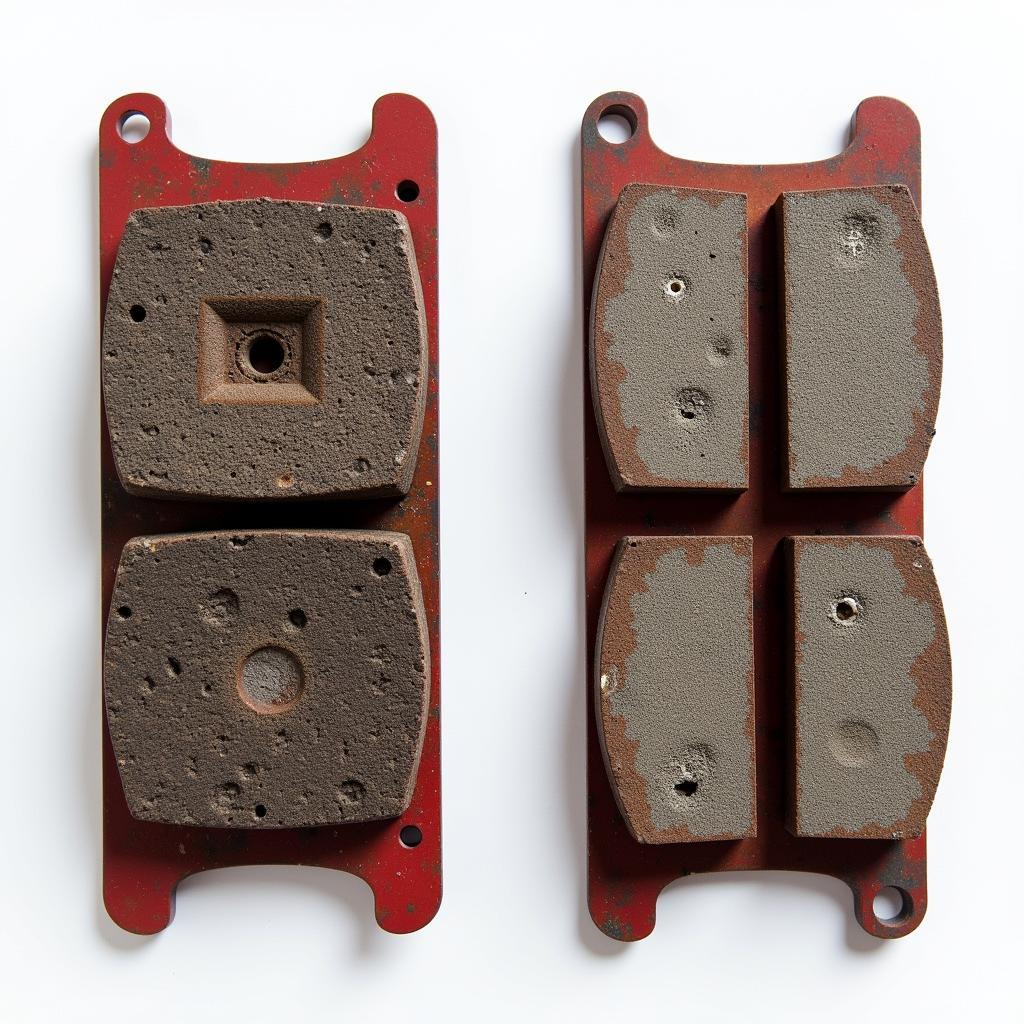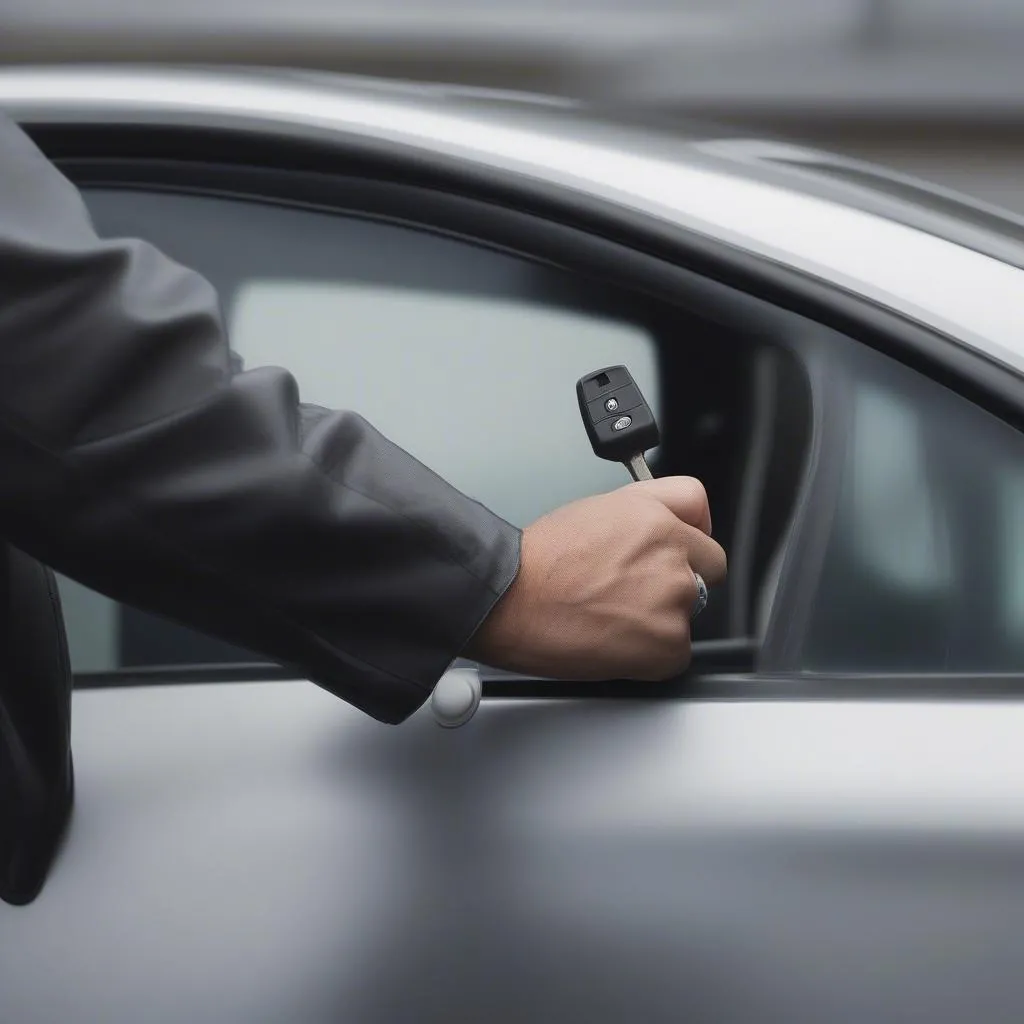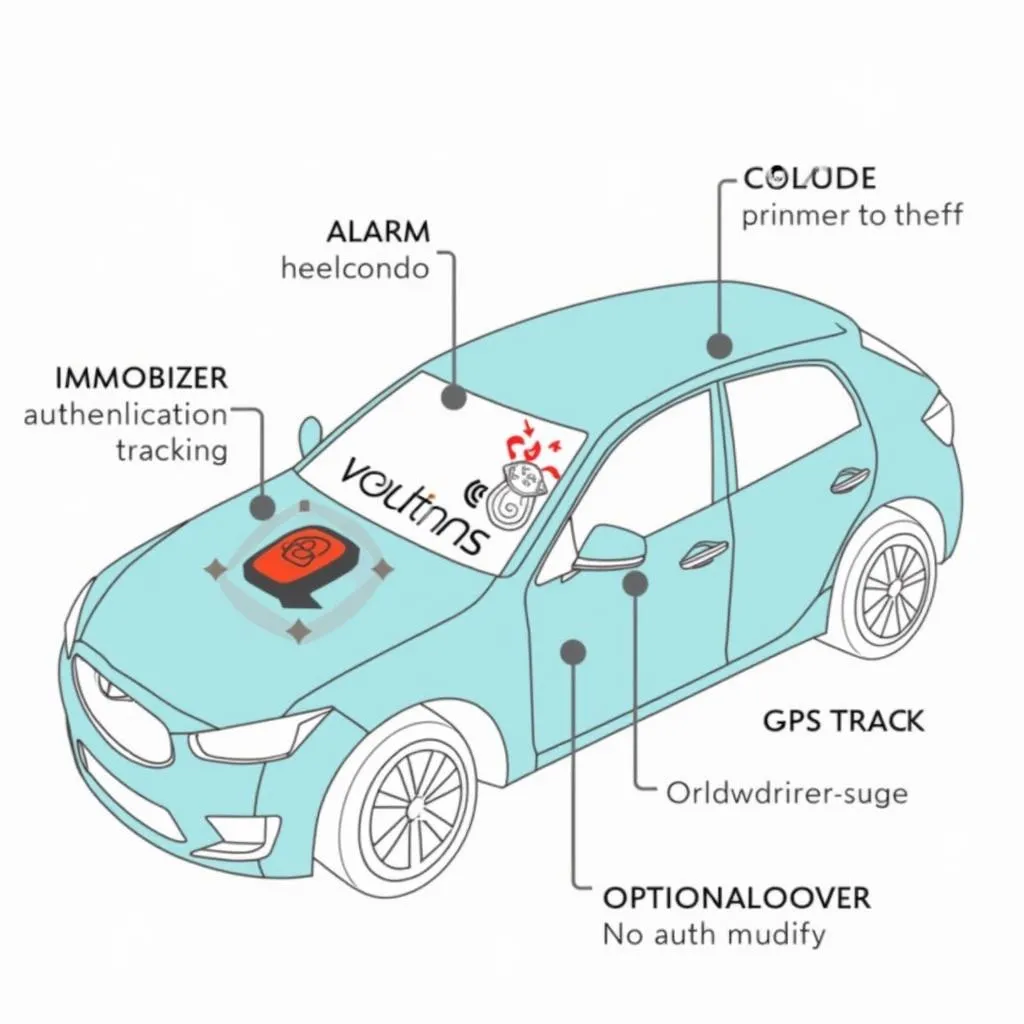The brake warning light on your dashboard is a crucial safety feature, and when it illuminates on your 2008 Jeep Grand Cherokee, it’s essential to address the issue promptly. Ignoring this warning could lead to reduced braking performance and potentially dangerous situations. This comprehensive guide will walk you through the common causes of brake warning lights on a 2008 Jeep Grand Cherokee and provide insights on how to diagnose and potentially fix the problem yourself.
Understanding Your Jeep’s Brake Warning System
Before diving into troubleshooting, it’s essential to understand what triggers your Jeep Grand Cherokee’s brake warning lights. The system is designed to alert you of potential issues within the braking system, such as:
- Low Brake Fluid: The most common culprit, low brake fluid, can indicate a leak in the system.
- Worn Brake Pads: Your brake pads have wear indicators that trigger the warning light when they reach a certain level of wear.
- Faulty ABS System: Problems within the Anti-lock Braking System (ABS), such as a malfunctioning sensor, can also trigger the warning light.
- Parking Brake Engaged: While seemingly obvious, sometimes the simplest explanation is the right one.
Diagnosing the Brake Warning Light
1. Check Your Brake Fluid Level
This is the first and easiest step in diagnosing your brake warning light.
- Locate the brake fluid reservoir: Refer to your owner’s manual for the exact location, but it’s typically found at the back of the engine compartment on the driver’s side.
- Inspect the fluid level: The reservoir has minimum and maximum level markings. Ensure the brake fluid level falls within this range.
- Top up if necessary: If the fluid level is low, carefully add the correct type of brake fluid (DOT 3 or DOT 4, as specified in your owner’s manual) to the reservoir, being careful not to overfill.
If you notice consistently low brake fluid levels, it’s crucial to have your brake system inspected for leaks by a qualified mechanic.
2. Inspect Your Brake Pads
Worn brake pads are another common reason for the brake warning light to illuminate.
- Visual Inspection: If possible, take a look at your brake pads through the wheel spokes. You should see a metal backing plate and a friction material. If the friction material is thin or you notice metal-on-metal contact, it’s time for a replacement.
- Professional Inspection: For a thorough assessment, consider having your brake pads inspected by a mechanic. They have the tools and expertise to accurately determine the remaining lifespan of your brake pads.
 Comparison between worn and new brake pads
Comparison between worn and new brake pads
3. Consider Your ABS System
While less common than low brake fluid or worn pads, issues with the ABS system can also trigger the warning light.
- ABS Light: If the ABS warning light is illuminated alongside the brake warning light, it could indicate a problem with your ABS system.
- Diagnostic Scan: For accurate diagnosis, a mechanic can connect a diagnostic scanner to your Jeep’s onboard computer to retrieve specific error codes related to the ABS system.
Troubleshooting ABS issues typically requires specialized knowledge and equipment; seeking professional assistance is recommended.
4. Don’t Forget the Parking Brake!
It might seem obvious, but sometimes the brake warning light is simply a reminder that your parking brake is engaged. Make sure the parking brake is fully released before troubleshooting further.
When to Seek Professional Help
While some brake warning light issues can be addressed with simple DIY fixes, others require professional attention. Here are some scenarios where you should consult a mechanic:
- You suspect a brake fluid leak.
- You notice unusual noises like grinding or squealing when applying the brakes.
- Your brake pedal feels spongy or goes all the way to the floor.
- The brake warning light remains on even after adding brake fluid or replacing worn brake pads.
- The ABS warning light is illuminated alongside the brake warning light.
Preventative Maintenance is Key
Regular brake system maintenance is crucial for your safety and can help prevent unexpected issues.
- Brake Fluid Flush: Aim to flush your brake fluid every 2-3 years or as recommended in your owner’s manual.
- Regular Inspections: Have your brakes inspected annually, or more frequently if you drive in harsh conditions.
Expert Insight
“Regular brake inspections are not just about safety; they’re about peace of mind,” says John Smith, a certified automotive technician with over 20 years of experience. “Addressing minor issues early on can prevent costly repairs down the road and ensure your Jeep’s braking system operates at peak performance.”
Conclusion
Addressing the brake warning light on your 2008 Jeep Grand Cherokee is crucial for your safety. By understanding the potential causes and following the troubleshooting steps outlined above, you can identify the issue and take appropriate action. Remember, if in doubt, always consult a qualified mechanic for a thorough inspection and professional repair.


